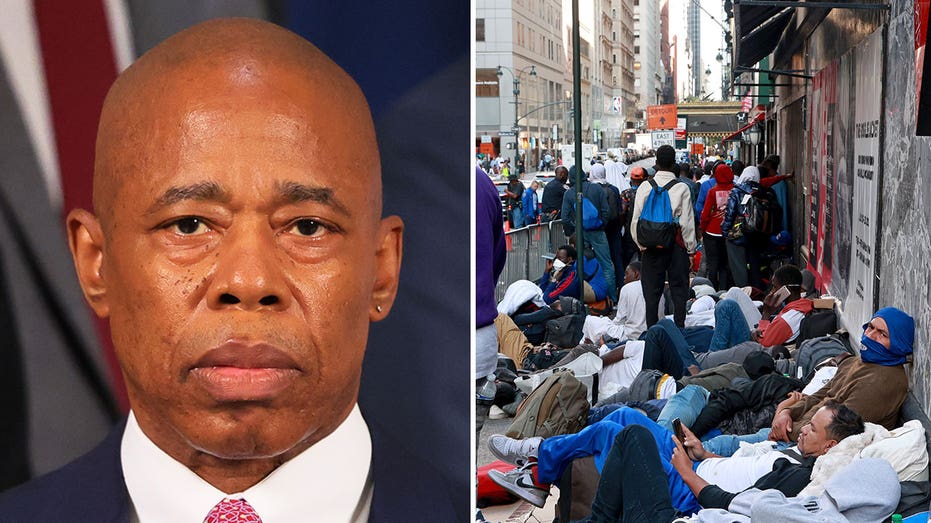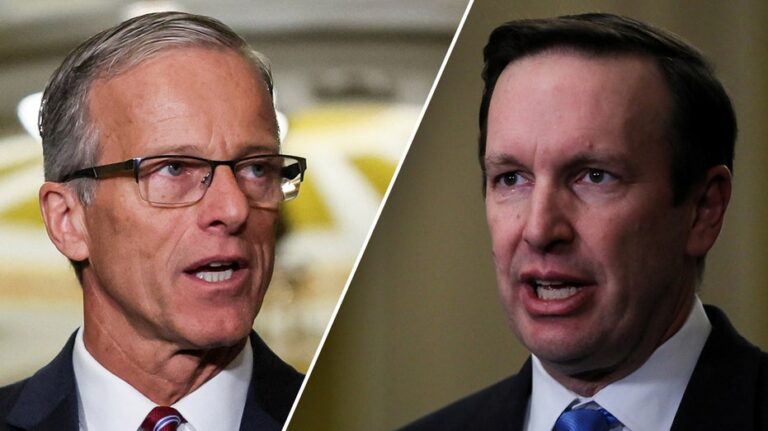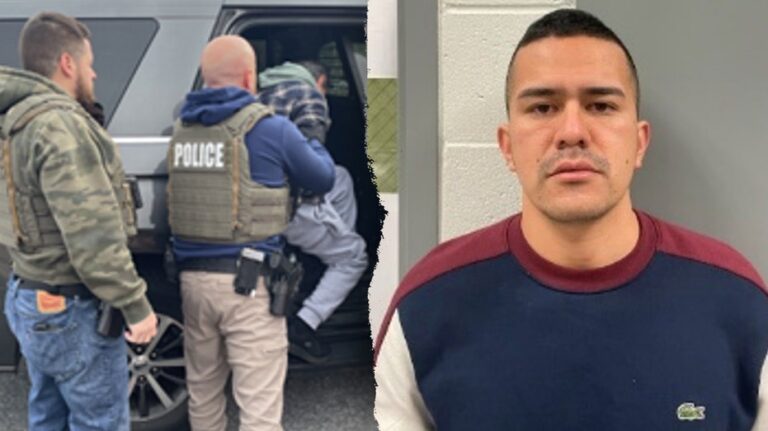
After New York Mayor Eric Adams announced plans for a 2,000-bed migrant shelter in the Bronx, Rep. Ritchie Torres slammed the decision, accusing Adams of creating an immigrant “dumping ground.”
After New York Mayor Eric Adams announced the planned opening of a massive, 2,000-bed migrant shelter in the South Bronx, Democratic Congressman Ritchie Torres slammed the decision, accusing Adams of treating the borough as an immigrant “dumping ground.”
The mayor’s office responded to Torres’ accusation by pointing out that despite the new shelter being opened, they are planning to close 46 migrant shelters across the city and reduce the total shelter bed count by 10,000 by June. She noted that the Hall Street shelter in Brooklyn, one of the largest shelters being closed, housed 3,500 migrants.
The office announced the new shelter last week while simultaneously claiming that the ongoing migrant crisis in New York City is waning.
This comes as New York is set to close its sprawling tent shelter on Randalls Island and dozens of other shelters in the next few months. New York is a migrant sanctuary city and has a “right to shelter” law that requires the city to accommodate anyone seeking shelter who has no other option. However, in recent months, Adams has taken a different tone toward immigrants in the city and announced the closure of a string of migrant shelters. In last week’s statement, Adams said the closures are part of the city’s efforts to find “more opportunities to save taxpayer money and turn the page on this unprecedented humanitarian crisis.”
“Thanks to the administration’s successful asylum seeker management strategies and federal border policy changes the city advocated for that have continued to drive down the number of people in the city’s care for 27 straight weeks and reduce costs by nearly $2.8 billion over three fiscal years,” the mayor’s office said.
TRUMP BORDER CZAR MEETING WITH NYC MAYOR ADAMS DESPITE SANCTUARY CITY STATUS
Meanwhile, the New York Post reported that it will cost the city between $250,000 and $340,000 to retrofit and prepare a 275,000-square-foot former office building in the Bronx to accommodate the expected thousands of men who will live in the new migrant shelter.
The shelter’s location – 825 E. 141st St. – was renovated in 2017 and is near an infamous section of the Bronx called “the Hub,” which is known for having a high volume of open drug use and activity, including the use of heroin and fentanyl. The building is owned by SoBro Local Development Corp., a nonprofit that’s stated mission is to “enhance the quality of life in the South Bronx by strengthening businesses and creating and implementing innovative economic, housing, educational, and career development programs for youth and adults.”
CLICK HERE FOR MORE IMMIGRATION COVERAGE
Adams’ announcement was not taken well by many Bronx residents. Many of the migrant shelters in the city have earned reputations as centers for violence, crime and gang activity from the likes of the international criminal group Tren de Aragua. The New York Post reported one 21-year-old Bronx resident named Serene Bilal saying: “Wrong move!… You need to work with the people already here. We have issues going on. Why the Bronx? Why pick on the Bronx?
“It’s going to be dangerous,” Bilal told the outlet. “We don’t know who these people are. We are not talking about 10 people. We’re talking about thousands. That’s a lot.”
ILLEGAL IMMIGRANTS MAKE UP 75% OF ARRESTS IN MIDTOWN MANHATTAN, SAY POLICE: REPORT
Torres, who is rumored to be considering a run for New York governor, also slammed the decision to place the new shelter in the Bronx.
“Instead of decisively dismantling open-air drug markets in the Hub, the City is treating the South Bronx as a dumping ground for an endless stream of shelters,” Torres told Fox News Digital.
“The Bronx is treated differently from the rest of the city,” he went on. “We are treated as the second-class borough of New York City.”
Liz Garcia, a spokesperson for Adams, responded to Torres’ criticisms by emphasizing that the overall number of shelters across the city and the tax burden on citizens is being significantly reduced.
“I know that every elected official has specific people to speak to but we’re really looking at it from a holistic lens,” said Garcia. “The bigger picture here is we’re closing 46 migrant sites, we are reducing our bed count by 10,000 beds across the city, not just the Bronx. And we’re specifically closing shelters that are in oversaturated areas.”
She noted that the city’s migrant shelter system was never meant to be permanent and noted the new Bronx shelter is also a temporary measure.
In response to a question about when the Bronx shelter will close, Garcia said: “We don’t have a specific timeline as to when it will close. It’s a lease, so it won’t be forever.”
She said that it will depend on the next migrant census taken by the city.
“For the past over six months now, we’ve seen a decline in our [migrant] census numbers. So if that continues, obviously there’s not going to be a need for it,” she said. “So, at some point it will close in the near future. It’s just we still need places to put people while we have to help them take their next steps.”
Michael Dorgan contributed to this report.






